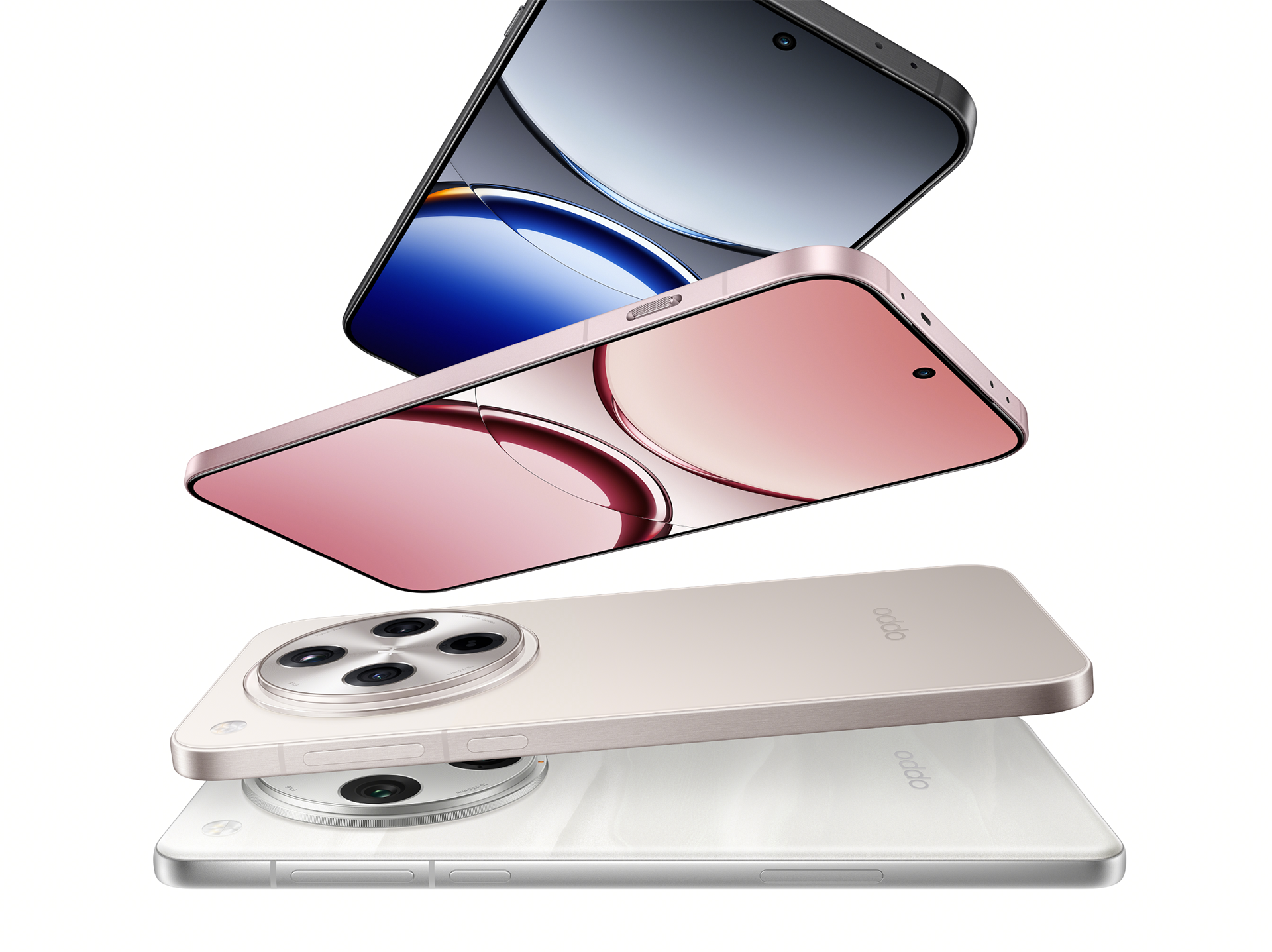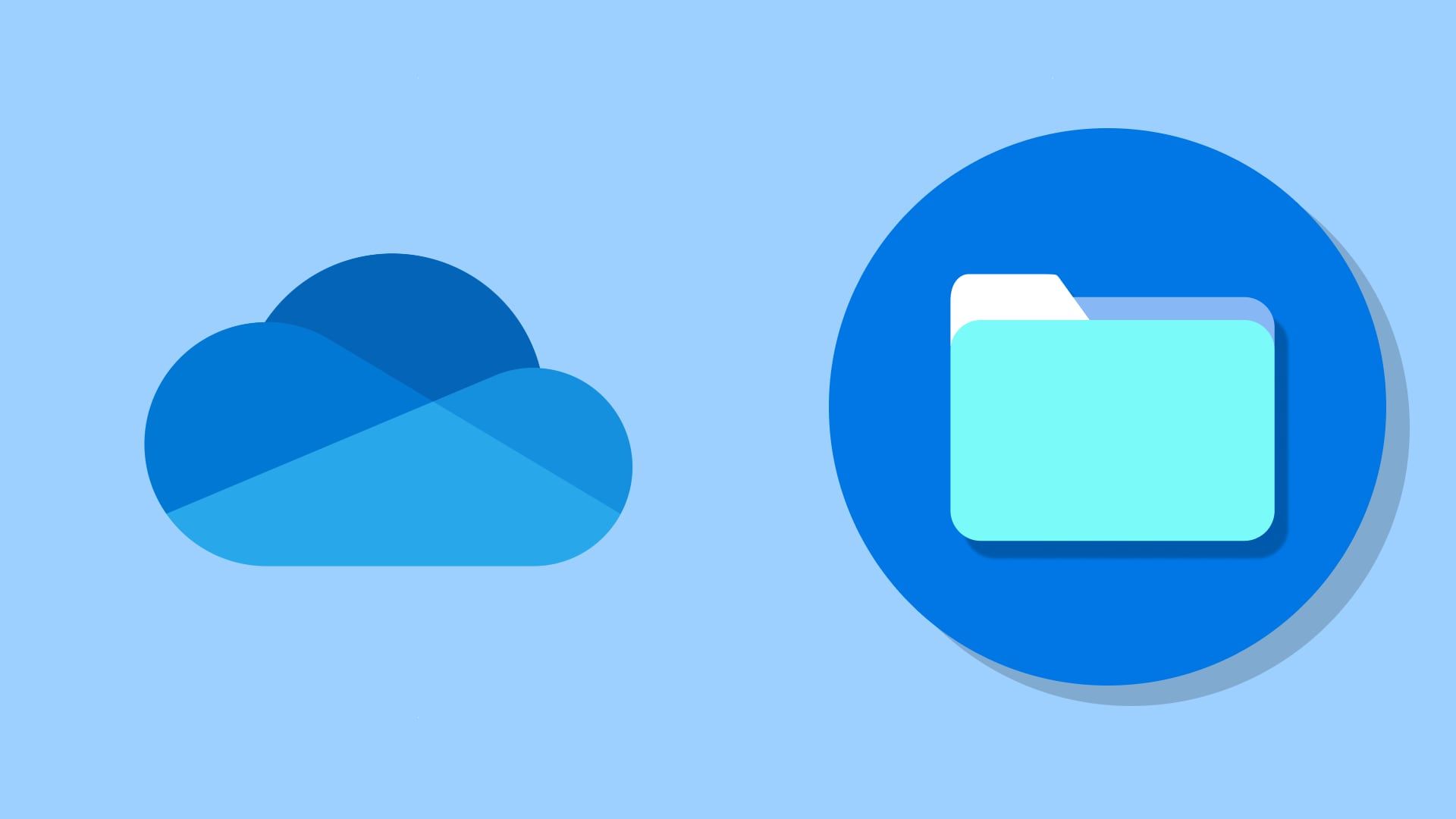Review sản phẩm
Ứng dụng File của trình duyệt Chromebook cuối cùng đã tích hợp Microsoft OneDrive
Giới thiệu Your Chromebook’s Files app finally gets Microsoft OneDrive integration
Ứng dụng Files trên Chromebook đã cuối cùng có tích hợp Microsoft OneDrive
Khám phá thêm tính năng mới của ứng dụng Files trên Chromebook của bạn – tích hợp Microsoft OneDrive! Bây giờ, bạn có thể truy cập và quản lý dễ dàng tệp tin của mình trực tiếp từ OneDrive, một ứng dụng đám mây phổ biến từ Microsoft. Điều này mang lại sự thuận tiện tối đa cho việc lưu trữ và chia sẻ tệp tin trên Chromebook.
Với tích hợp Microsoft OneDrive, không còn nhiều công đoạn phức tạp để chuyển đổi giữa các dịch vụ lưu trữ đám mây khác nhau. Bạn chỉ cần mở ứng dụng Files trên Chromebook và liên kết tới tài khoản OneDrive của mình. Từ đó, bạn có thể xem, chỉnh sửa và tải xuống tệp tin một cách nhanh chóng và dễ dàng.
Việc tích hợp Microsoft OneDrive vào ứng dụng Files của Chromebook không chỉ tạo ra một trải nghiệm người dùng tốt hơn, mà còn mở ra cơ hội cho việc lưu trữ và truy cập tệp tin trên nền tảng đám mây khác nhau. Điều này đáng khen ngợi, đặc biệt là khi bạn đã quen thuộc với OneDrive như một phần quan trọng của công việc và hoạt động hàng ngày của mình.
Dừng ngay tại Queen Mobile để trải nghiệm tính năng mới này. Với các sản phẩm Chromebook chất lượng cao và dịch vụ hỗ trợ tận tâm từ Queen Mobile, bạn sẽ không phải lo lắng về việc tìm kiếm một nền tảng lưu trữ phù hợp. Hãy tung hô với hashtag #QueenMobile và #Chromebook đã tích hợp Microsoft OneDrive và truy cập ngay tới cửa hàng Queen Mobile để mua ngay một chiếc Chromebook mới cho mình!
Mua ngay sản phẩm tại Việt Nam:
QUEEN MOBILE chuyên cung cấp điện thoại Iphone, máy tính bảng Ipad, đồng hồ Smartwatch và các phụ kiện APPLE và các giải pháp điện tử và nhà thông minh. Queen Mobile rất hân hạnh được phục vụ quý khách….
_____________________________________________________
Mua #Điện_thoại #iphone #ipad #macbook #samsung #xiaomi #poco #oppo #snapdragon giá tốt, hãy ghé [𝑸𝑼𝑬𝑬𝑵 𝑴𝑶𝑩𝑰𝑳𝑬]
✿ 149 Hòa Bình, phường Hiệp Tân, quận Tân Phú, TP HCM
✿ 402B, Hai Bà Trưng, P Tân Định, Q 1, HCM
✿ 287 đường 3/2 P 10, Q 10, HCM
Hotline (miễn phí) 19003190
Thu cũ đổi mới
Rẻ hơn hoàn tiền
Góp 0%
Thời gian làm việc: 9h – 21h.
KẾT LUẬN
Nền tảng Chromebook cuối cùng đã tích hợp được ứng dụng Microsoft OneDrive vào ứng dụng Files. Việc này giúp người dùng có thể truy cập và quản lý tệp tin từ OneDrive một cách dễ dàng và thuận tiện trên Chromebook của mình. Việc tích hợp này sẽ hỗ trợ người mua Chromebook trong việc lưu trữ và chia sẻ dữ liệu trực tuyến, đồng thời cung cấp thêm lựa chọn đa dạng cho người dùng khi đồng bộ hoá dữ liệu giữa các thiết bị của mình. Điều này kích thích sự lựa chọn Chromebook của người mua bằng cách mang lại sự tiện ích và tính linh hoạt trong việc quản lý tệp tin.

Summary
For years, people who prefer Microsoft’s office suite and cloud storage service over Google Drive were treated as second class citizens on Chromebooks. While Google Drive is tightly integrated with your Chromebook’s Files app from the start, Microsoft never even offered an official way to sync your OneDrive files on Google’s ChromeOS — you’d have to rely on a pesky workaround instead. With ChromeOS version 116, that’s finally changing. After enabling a flag, you can set up OneDrive right in the Files app, living natively alongside Google Drive and other supported cloud services.
To get started with OneDrive in the ChromeOS Files app, make sure you’re on the current release, ChromeOS version 116. The experiment is also available on beta versions, in case you’re using a different channel on your Chromebook. You then need to enable the chrome://flags#upload-office-to-cloud flag and hit the restart button in this settings menu.
Once that’s done, you need to find a Microsoft Office document somewhere on your Chromebook and open it to set up the OneDrive integration. It’s possible your Chromebook will prompt you to upload it to Google Drive to manipulate it with its own tools. In that case, you can right-click the document and open it via Microsoft 365. Depending on whether or not you have Microsoft 365 installed already, you’re prompted to, and then the installation guide will walk you through the sign-in and setup process.
When everything is finished, you will find Microsoft OneDrive in your Files app’s sidebar, right below Google Drive. It works mostly like you would expect Google Drive to work, with your files automatically streamed and downloaded from the cloud as you go. Right now, there is no option to retain some files offline, like you can with Google Drive, but given that Google is still hiding OneDrive behind a flag, it’s possible that this will come at a later date.
Either way, the new workaround makes syncing and working with Microsoft OneDrive significantly easier on Chromebooks. You no longer have to fiddle with complicated Android-based workarounds that are taxing on your Chromebook’s battery and CPU, and you also don’t have to rely on the OneDrive website anymore, which adds additional friction if you want to move files around in the cloud or download them.
It’s not yet clear when Google will launch the new capability in stable, but given that it already works as expected for the most part, we wouldn’t be surprised if it happened soon. In the meantime, keep in mind that Google is still testing OneDrive integration at the moment, so there is always the possibility that some things break. It’s best not to rely on this for important documents that you don’t want to get lost in the ether or due to a crash.
Microsoft OneDrive has been one of the biggest holdouts when it comes to native cloud storage support on ChromeOS. Dropbox has long offered a native solution of its own via its Android app, and Drive is naturally tightly integrated with the Google OS.
Khám phá thêm từ Phụ Kiện Đỉnh
Đăng ký để nhận các bài đăng mới nhất được gửi đến email của bạn.





